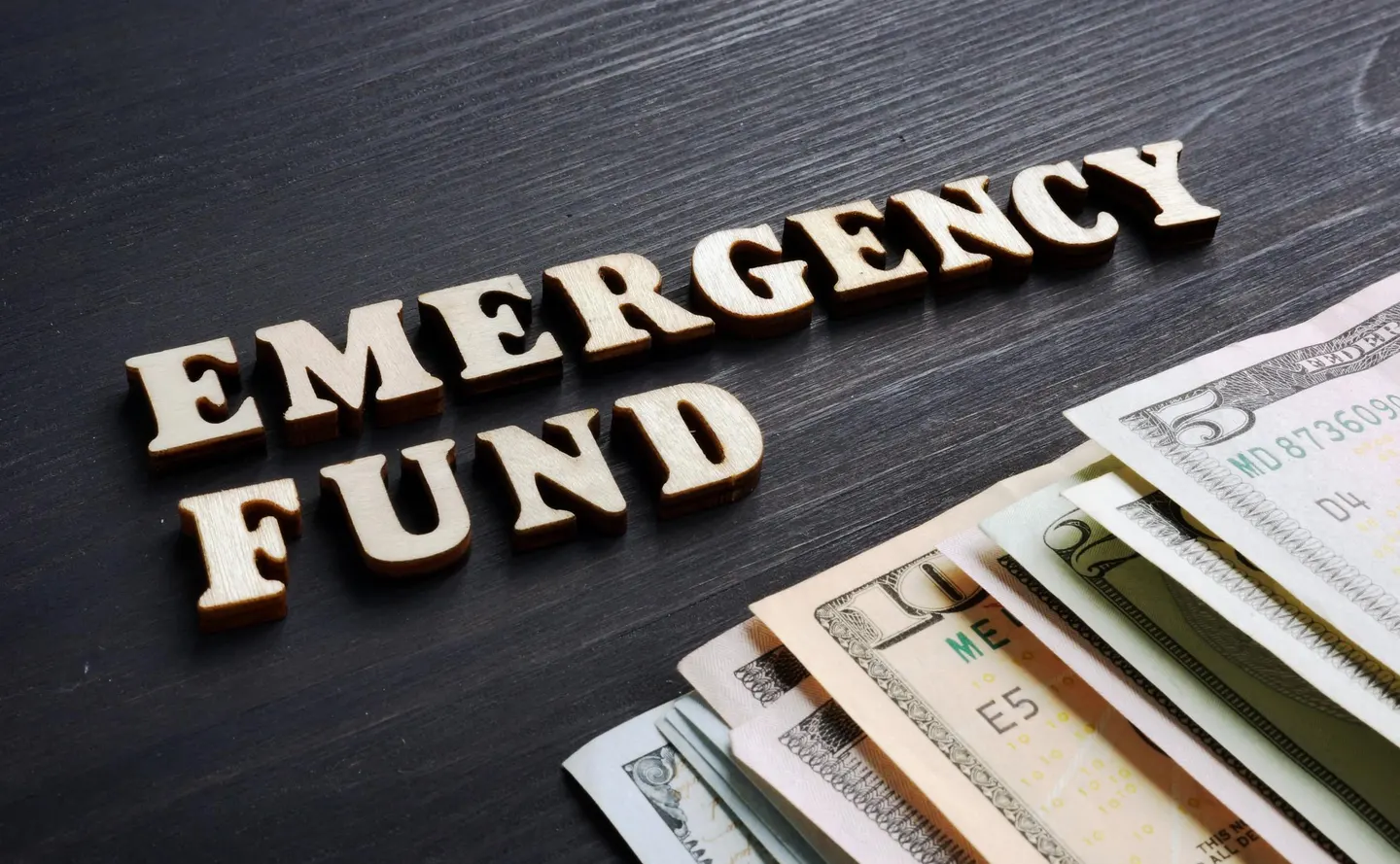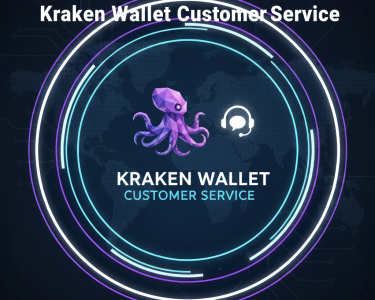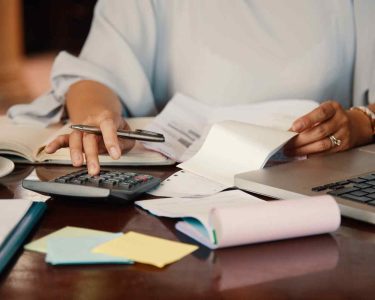Introduction
Life is full of unexpected surprises some exciting, others costly. Whether it’s an unexpected medical bill, car repair, or sudden job loss, having an emergency fund can make all the difference between financial stress and peace of mind. An emergency fund acts as a financial safety net, giving you the security to handle life’s curveballs without relying on credit cards or loans. But if you’re starting from scratch, building that fund can seem daunting. The good news? Even small, consistent steps can lead to big results over time. In this article, we’ll break down practical, achievable strategies to help you build an emergency fund from scratch no matter your income level. Ready to take control of your financial future? Let’s get started.
Why You Need an Emergency Fund

Before you start saving, it’s important to know why an emergency fund is needed. An emergency fund helps protect you from financial stress when unexpected costs arise. Without one, you may have to borrow money or use credit cards, which can lead to more debt. Experts suggest saving enough for 3 to 6 months of living expenses. This will give you peace of mind knowing you’re ready for emergencies.
Tips to Build an Emergency Fund

1. Understand Why an Emergency Fund Is Essential
An emergency fund provides financial security during unexpected events, preventing you from falling into debt.
Tip: Think of it as a safety net that protects your financial goals and reduces stress.
Example: “When my car broke down unexpectedly, my emergency fund saved me from putting the repair on a high-interest credit card.”
2. Set a Realistic Savings Goal
Start small and build gradually. Aim for at least three to six months’ worth of living expenses, but even $500 can make a big difference.
Tip: Break down your goal into manageable milestones to stay motivated.
Example: “I started with a $1,000 goal, which felt achievable and gave me a sense of progress.”
3. Create a Budget to Identify Savings Opportunities
Review your income and expenses to find areas where you can cut back and redirect money to your emergency fund.
Tip: Use budgeting apps like Mint or YNAB to track your spending and identify savings opportunities.
Example: “Cutting out daily coffee runs and dining out helped me save an extra $100 each month.”
4. Automate Your Savings
Automating your savings ensures consistency and removes the temptation to spend.
Tip: Set up automatic transfers from your checking account to a dedicated savings account.
Example: “I scheduled a weekly transfer of $20 to my savings account I barely noticed it, but it added up quickly.”
5. Start a Side Hustle or Find Extra Income
Supplementing your income can accelerate your savings. Look for freelance work, gig economy jobs, or sell unused items.
Tip: Dedicate any extra income directly to your emergency fund.
Example: “I sold old clothes online and used the earnings to boost my emergency savings.”
6. Reduce Unnecessary Expenses
Small lifestyle adjustments can free up money for your emergency fund. Evaluate subscriptions, dining habits, and impulse purchases.
Tip: Try a no-spend challenge for a month to see how much you can save.
Example: “Canceling unused streaming subscriptions saved me $30 a month, which went straight to my emergency fund.”
7. Keep Your Emergency Fund Separate
Storing your emergency fund in a separate savings account reduces the temptation to dip into it for non-emergencies.
Tip: Use a high-yield savings account to earn interest while keeping your fund accessible.
Example: “Keeping my emergency fund in a separate account helped me resist the urge to spend it on non-essential items.”
8. Celebrate Milestones and Stay Consistent
Building an emergency fund takes time, so celebrate small wins along the way to stay motivated.
Tip: Set reminders to review your progress regularly and adjust your savings goals as needed.
Example: “Hitting my first $500 milestone felt like a huge accomplishment and motivated me to keep going.”
The Importance of Financial Planning

Planning your finances is a crucial step in reaching your financial goals. Building an emergency fund is one of the first things you should do when creating a budget. It gives you the foundation for other financial goals, like saving for a home or retirement. When you know you have a safety net in place, you can focus on other things without worrying about unexpected expenses.
The Impact of Having an Emergency Fund

Having an emergency fund can change the way you view your finances. It reduces stress and gives you the confidence to handle difficult situations. Knowing that you won’t have to rely on credit cards or loans for emergencies makes a huge difference in your financial stability. It’s not just about having money; it’s about feeling secure and in control of your life.
Staying Consistent With Saving
The key to building an emergency fund is consistency. Set a monthly savings goal and stick to it, even if it’s just a small amount. Over time, these small contributions will add up. Keep track of your progress and celebrate when you reach your goals. Remember, it’s better to save a little bit regularly than to try to save a large sum all at once. Consistency is what will help you build a strong emergency fund over time.
Keep Your Fund for True Emergencies

It’s important to remember that your emergency fund is for real emergencies only. While it may be tempting to dip into it for things like vacations or shopping, using it for non-emergencies will defeat the purpose of saving. Be strict with yourself about using the fund only for urgent situations like car repairs, medical bills, or job loss. This will help you stay on track with your savings plan.
Challenges of Building an Emergency Fund
Building an emergency fund is not always easy. One of the main challenges is finding the extra money to save each month. It can be tough to save when you have bills to pay and other priorities. Some people also find it hard to stay disciplined and not dip into the fund for non-emergencies. However, with patience and a clear goal, anyone can overcome these challenges and start building their fund.
Future of Emergency Funds

The future of emergency funds looks promising as more people understand the importance of financial stability. With easy access to online tools, budgeting apps, and higher interest savings accounts, it has become easier for individuals to save. In the future, more people will likely make emergency funds a priority as they see the benefits of being prepared for the unexpected. As financial education improves, saving for emergencies will become a common practice for everyone.
Analysis Table: Key Steps for Building an Emergency Fund
| Step | What It Involves | Benefits | Challenges |
|---|---|---|---|
| Assess Your Finances | Look at your income, expenses, and debts. | Helps you set a realistic savings goal. | Might be tough to face financial reality. |
| Set a Realistic Goal | Set small, manageable savings goals. | Keeps you motivated with achievable goals. | Can feel overwhelming at first. |
| Open a Separate Savings Account | Keep your emergency fund in a separate account. | Protects your fund from everyday spending. | Might require minimum balance. |
| Automate Your Savings | Set up automatic transfers each payday. | Makes saving easy and consistent. | Might feel like less control over money. |
| Cut Back on Unnecessary Expenses | Save by reducing non-essential spending. | Frees up money to save faster. | Requires lifestyle changes. |
| Increase Your Income | Earn extra money through side jobs. | Helps you reach your savings goal faster. | Requires time and effort. |
| Use Only for Real Emergencies | Only use the fund for true emergencies. | Protects your savings for real needs. | Temptation to use it for non-emergencies. |
| Track Your Progress | Keep track of your savings progress. | Helps you stay on track. | Can be tedious. |
Comparative Table: Different Ways to Save
| Method | Benefits | Drawbacks | Best For |
|---|---|---|---|
| High-Yield Savings Account | Earns some interest, easy access. | Low interest rates. | Those who prefer low-risk options. |
| Certificate of Deposit (CD) | Higher interest rates than savings accounts. | Money is locked in for a set time. | People who want a guaranteed return. |
| Money Market Account | Higher interest rates, some check-writing privileges. | Requires a higher minimum balance. | Those with more money to save. |
| Cash Savings | No fees, simple to manage. | Doesn’t grow unless invested. | Those needing easy access to cash. |
Conclusion
Building an emergency fund from scratch might seem challenging, but with small, consistent steps, you can create a financial cushion that brings peace of mind and security. Whether it’s cutting back on unnecessary expenses, automating your savings, or finding creative ways to boost your income, every little bit counts. Remember, the goal isn’t perfection—it’s progress. By prioritizing your emergency fund, you’re taking control of your financial future and setting yourself up for success, no matter what life throws your way. So, start today, stay consistent, and celebrate each milestone on your journey to financial freedom.
Call to Action
What strategies have helped you build your emergency fund? Share your tips and experiences in the comments below, and subscribe for more personal finance advice and money-saving tips!




